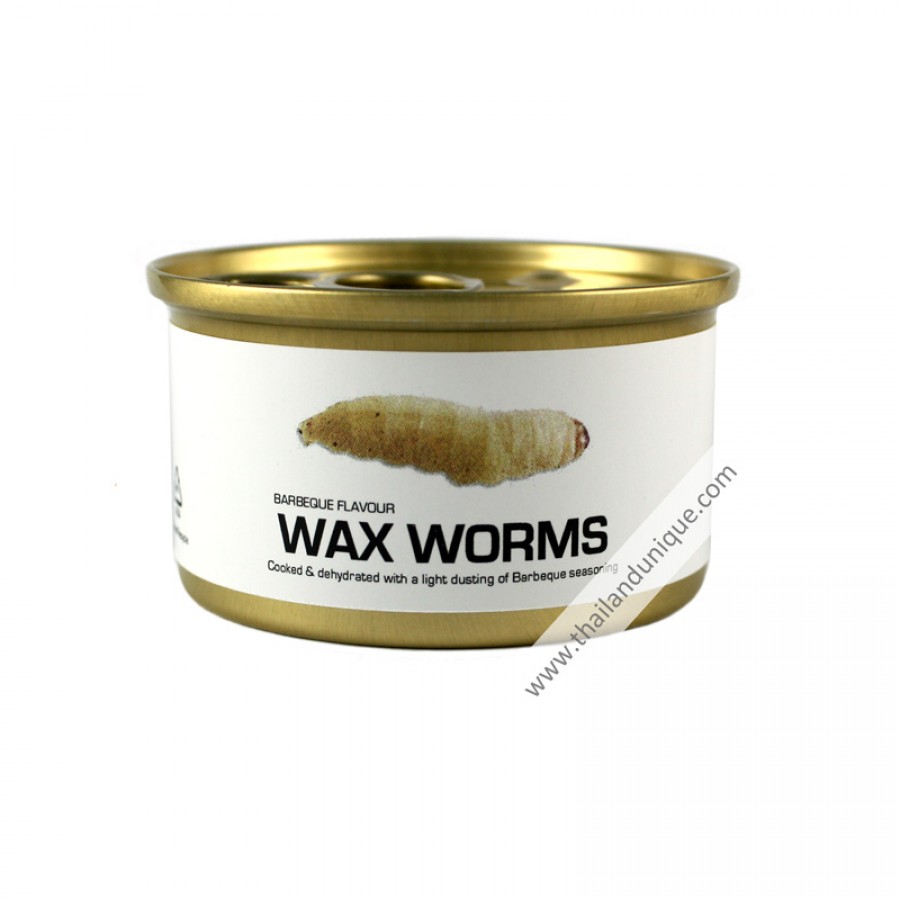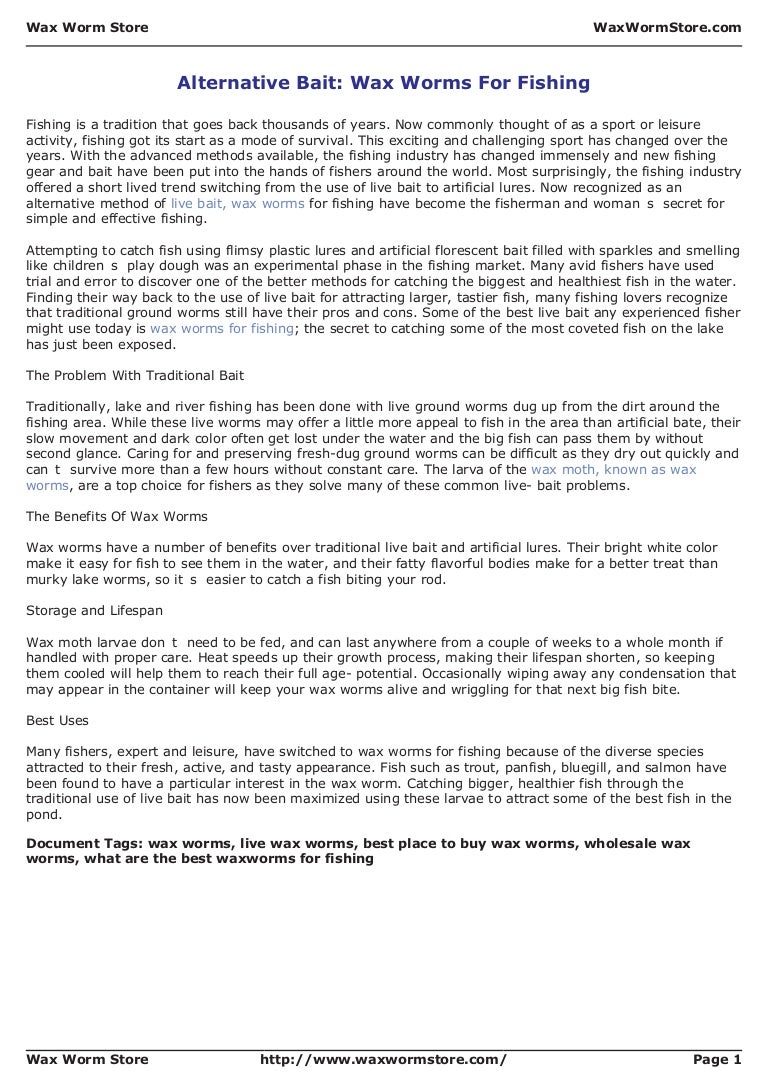
And although a fleet of autonomous wormlike robots represents one possible, though perhaps improbable, future of plastivore research, biologists are making exciting progress developing real-world applications for wax worms and other plastic eaters. Later scenes show the machines (named after Ouma) at work in various settings, realizing Tsayaba’s dream of “a whole swarm of the biomachines crawling through the sand, swimming through the ocean, breaking down tons upon tons of low-density polyethylene without a wisp of greenhouse gases escaping. The machine, “modeled after a wax worm’s digestive tract,” walks on cilia-like feet that can easily scuttle over all types of terrain. In the story’s opening scene, engineer Tsayaba Issoufou and her cousin Ouma test a tiny trash-eating robot. This research inspired a fictional invention that plays a key role in Tidings, the third-place winner of Imagine 2200, Fix’s climate-fiction contest. The goal in studying them is to devise scalable processes that could change how we deal with discarded plastic. Biologists have discovered more than 50 species of “plastivores” - mainly bacteria and fungi, and one particularly efficient grub known as the wax worm - that can consume and metabolize polyethylene. They’re looking at plastic-eating critters. But some scientists are taking a cue from nature to solve this problem.

Ridding our environment of plastic waste won’t be easy, even if Meg Thee Stallion organizes hundreds more beach cleanups. The vast majority ends up in landfills - or worse, it makes its way out of the waste stream to clutter the world. Less than 10 percent gets recycled, in part because virgin plastics are cheaper than the post-consumer stuff. Plastic typically gets “ downcycled” into composite products like faux wood or carpeting.

The soda bottle you just tossed into the blue bin probably won’t become another soda bottle. And plastic, by design, essentially lasts forever, breaking down into ever-smaller particles that make their way into just about everything, including our drinking water. The World Economic Forum says there could be more of this ubiquitous material than fish in the ocean by 2050.

It’s everywhere - swirling in a huge gyre in the Pacific Ocean, choking birds, stabbing turtles in the nose, and clogging drains in our cities.

Check out the full issue here, including the short stories in Fix’s first-ever climate-fiction contest, Imagine 2200. This story is part of Fix’s Climate-Fiction Issue, which explores how fiction can create a better reality.


 0 kommentar(er)
0 kommentar(er)
